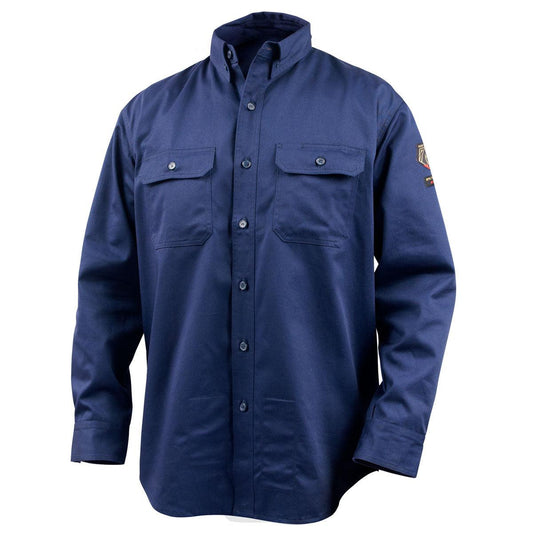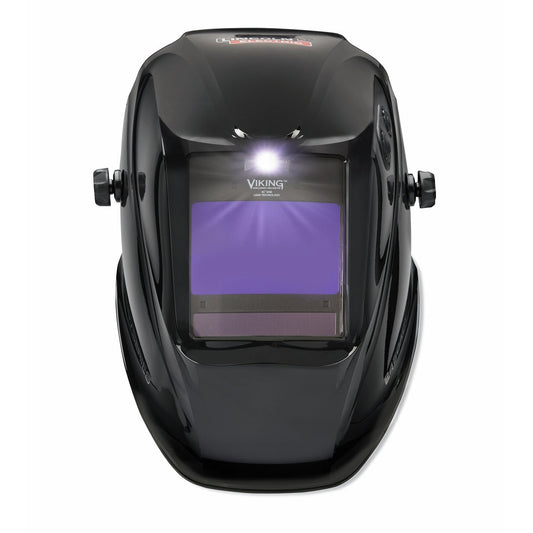Welding is an essential process in various industries, enabling the joining of metals and the creation of sturdy structures. However, it involves inherent risks that demand strict adherence to safety guidelines. In this blog post, we will discuss crucial welding safety tips to ensure a secure working environment for welders, bystanders, and the overall workplace.
- Proper Installation and Grounding of Welding Equipment
The first step towards welding safety begins with the correct installation and grounding of welding equipment. Improper setup can lead to electrical hazards, fire, or damage to equipment. Always follow the manufacturer's guidelines for installation and ensure proper grounding to prevent electric shocks and arcs.
- Adequate Ventilation during Welding
Welding generates hazardous fumes and gases, such as nitrogen oxides and ozone, which can be harmful when inhaled. To maintain a safe working environment, ensure adequate ventilation in the welding area. Position the welding equipment near an exhaust hood or use portable ventilation systems to remove the fumes and maintain fresh air circulation.
- Fire Prevention and Safety Measures
Welding involves intense heat, and if proper fire prevention measures are not taken, it can lead to catastrophic accidents. Here are some essential fire prevention and safety tips:
- Clear the work area of flammable materials, fuels, and gases.
- Have a fire extinguisher nearby and train all workers on its proper usage.
- Use fire-resistant welding blankets to protect nearby flammable objects from sparks and molten metal.
- Perform a post-weld inspection to ensure there are no smoldering materials left behind.
- Personal Protective Equipment (PPE)
Personal Protective Equipment (PPE) is crucial to protect welders from potential hazards. Some essential PPE items include:
Fire Retardant Clothing: Welders should wear flame-resistant clothing made of materials such as leather, wool, or treated cotton. This clothing will prevent burns and protect against sparks and splatter.
Baker's full collection of FR shirts, pants, jackets, gloves, and caps can be viewed here.
Gloves: Heavy-duty, flame-resistant gloves designed for welding should be worn to shield hands from heat and potential burns.
Eye Protection: Proper eye protection is vital to prevent eye injuries from bright light, sparks, and debris. Welders must wear safety glasses with side shields, welding helmets with dark, UV-filtering lenses, or auto-darkening welding helmets for optimal protection.
One of our most popular helmets currently is the Lincoln Viking 3350 ADV 5th Gen Welding Helmet. It provides exceptional optical clarity, real color view, and is lightweight for long work days.
When should you wear a welding PAPR?
Respiratory Protection: In situations where ventilation may not be sufficient to remove welding fumes, a respirator with appropriate filters should be worn to avoid inhalation of hazardous particles.
Baker's Gas recommends using the Miller Low Profile Respirator for jobs that don't require a PAPR. This respirator is specifically designed to fit under your welding helmet to provide protection from 99.97% of harmful airborne particles.
The 3M Speedglas G5-01 Heavy Duty PAPR Welding Helmet is a great option for jobs that require extra ventilation as well! This PAPR system provides the user with fresh air free of welding gases and fumes.
Another great option is the Miller T94i PAPR system. Check it out at the link and watch our attached review video!
Welding can be a hazardous activity, but with proper safety measures in place, the risks can be minimized significantly. By ensuring the correct installation and grounding of welding equipment, maintaining adequate ventilation, implementing fire prevention protocols, and providing the necessary personal protective equipment, welders can protect themselves and others from potential accidents and health risks.
Safety should always be a top priority in any welding operation. Regular training and reinforcement of safety procedures, along with an open dialogue about potential hazards, are essential to creating a safe working environment for everyone involved in the welding process. Remember, taking the time to prioritize safety will result in a more productive and accident-free workplace.



